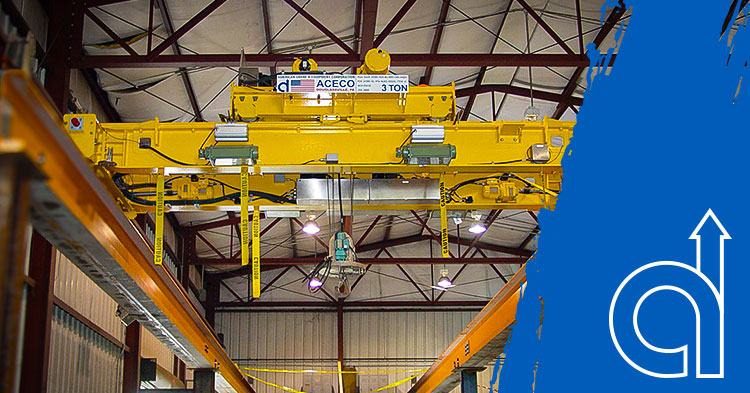
by American Crane | Jun 24, 2025 | Critical Lift, Industry News, Manufacturers, News and Events Post, Overhead Equipment
Overhead cranes are the workhorses of industrial facilities—lifting, shifting, and keeping production lines humming. But even the most powerful piece of equipment can grind to a halt if it’s not maintained properly. And when maintenance slips, so does safety,...
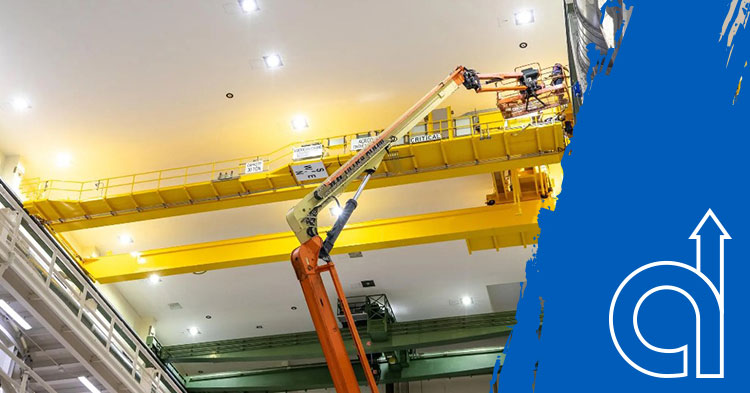
by American Crane | May 1, 2025 | Critical Lift, Industry News, Manufacturers, Overhead Equipment
For over 50 years, American Crane & Equipment Corporation (ACECO) has led the way in manufacturing high-quality cranes, hoists, and material handling equipment. Serving a diverse range of industries, we provide customized solutions that tackle unique challenges...
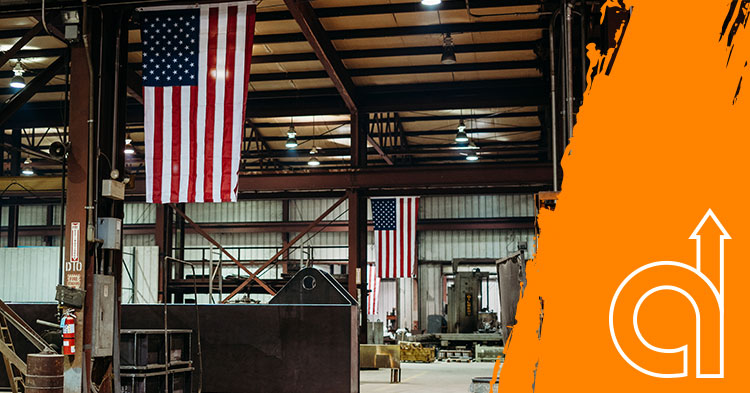
by American Crane | Mar 20, 2025 | Critical Lift, Manufacturers, Overhead Equipment, Uncategorized
In industries where safety, precision, and reliability are non-negotiable, American Crane & Equipment Corporation (ACECO) has established itself as a leader. By consistently meeting and exceeding industry standards for over 50 years, we set the bar high for...
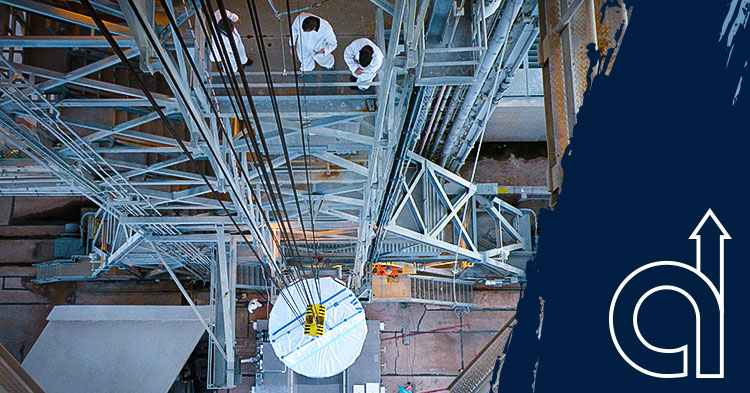
by American Crane | Feb 18, 2025 | Critical Lift, Industry News, Manufacturers, Overhead Equipment, Uncategorized
When it comes to material handling operations, the decision to invest in high-quality hoist and crane systems is one that can yield substantial long-term benefits. These systems are vital for industries that require the safe and efficient movement of heavy loads, such...
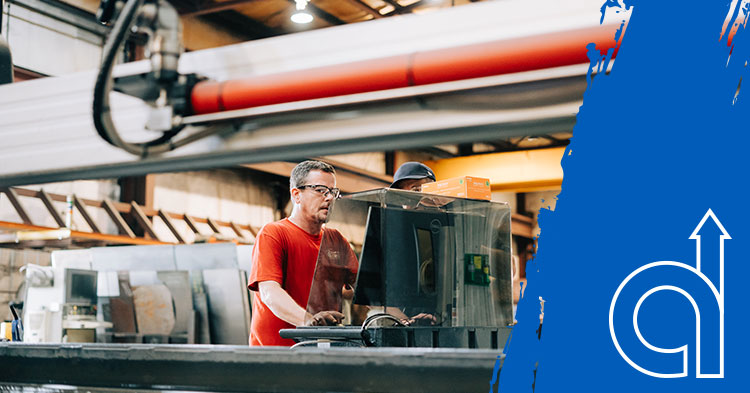
by American Crane | Jan 14, 2025 | Industry News, Manufacturers, Overhead Equipment, Uncategorized
At American Crane & Equipment Corporation (ACECO), delivering high-quality products and services is at the core of our identity. For over 50 years, we have established ourselves as a trusted partner in the material-handling industry, crafting reliable overhead...
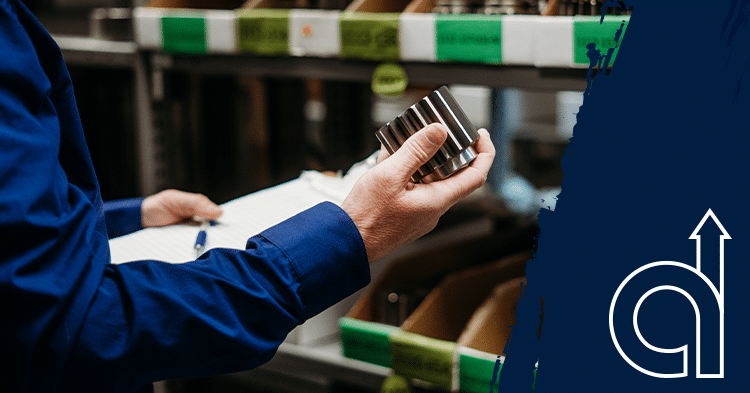
by American Crane | Nov 14, 2024 | Manufacturers, Overhead Equipment
At American Crane and Equipment Corporation (ACECO), we understand that minimizing downtime is essential for maintaining productivity and keeping projects on track. That’s why we offer a wide range of high-quality parts and new equipment solutions through our online...








